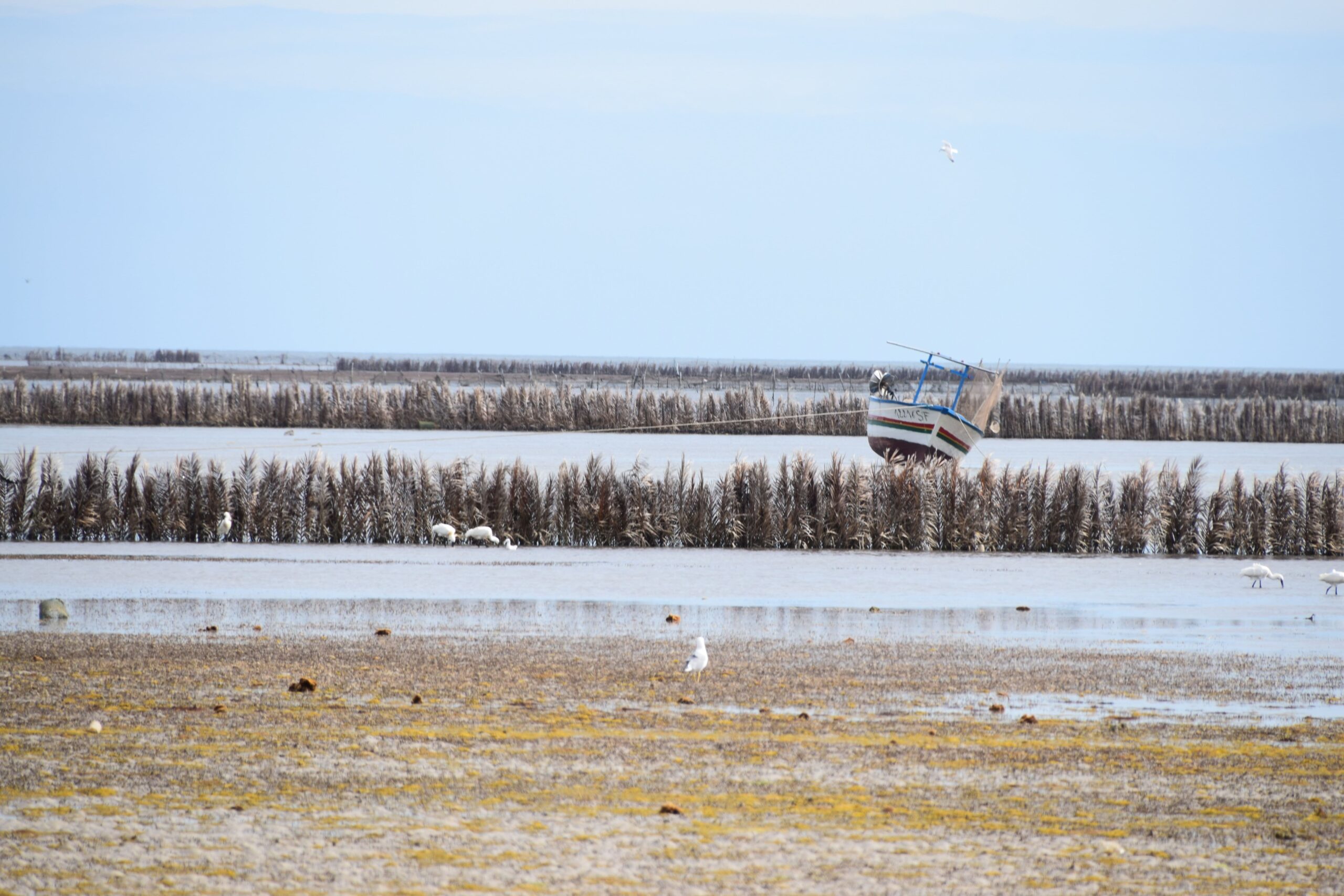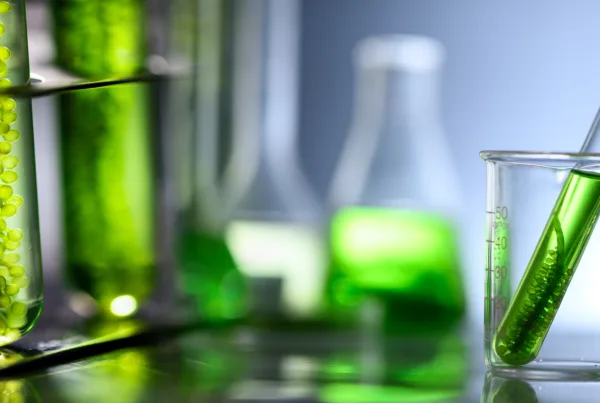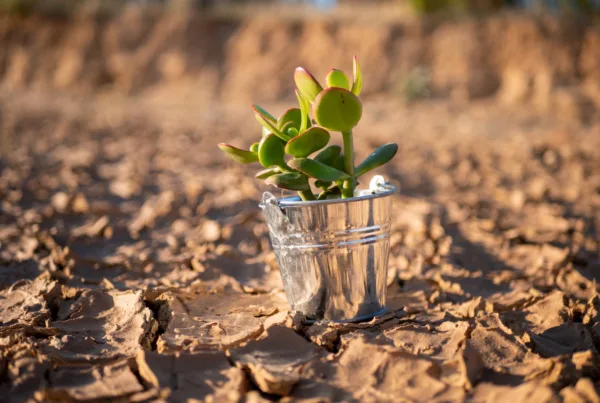The Kerkennah archipelago (Qarqna) is located about twenty kilometers off Tunisia’s eastern coast in the Gulf of Gabès. Kerkennah’s two main islands, Gharbi and Chergui, are low and covered in palm palms, providing relaxing beauty and ambiance. The sunsets and sunrises are stunning, and these islands supply some of Tunisia’s best fish.
The Charfia had the price
The ancient sailors of Kerkennah Islands devised one of Tunisia’s oldest traditional fishing methods using hundreds of palm trees and halfa leaves. The story begins in the early eighteenth century when the Tunisian princess « Aziza Othmana » granted the island’s population access to remote regions in the open sea to alleviate poverty. Since then, and over time, the population of the island has inherited the profession of fisherman and has engaged in Charfia fishing, which is considered an environmentally friendly occupation. This cultural and economic asset, known as Charfia, was designated as an intangible cultural heritage of humanity by UNESCO in 2021. This accolade prompts the question: what is a Charfia? What is Charfia’s connection to the Kerkennian fishermen? What has changed between yesterday and now regarding the hazards that the Charfia poses to the sea and the fishermen? What precautions must be taken to safeguard the Charfia?

We met one of Kerkennah Island’s oldest sailors from the Mellitah region. Mohamed Tounsi, 66 years, who began working on Charfia 50 years ago, gave us a different emotional definition of this fishing technique than one who knows that Charfia is an ancestral method of biological and traditional fishing.
The Charfia represents liberty, the Kerkernian people’s identity, and the independence of the sailor with the sea in which he works. The word stems from dignity, and the sailor is not hesitant to use it since he is proud of the labor his forebears did. Charfia denotes the clean way that preserves the sea.
Declares Mohamed Tounsi
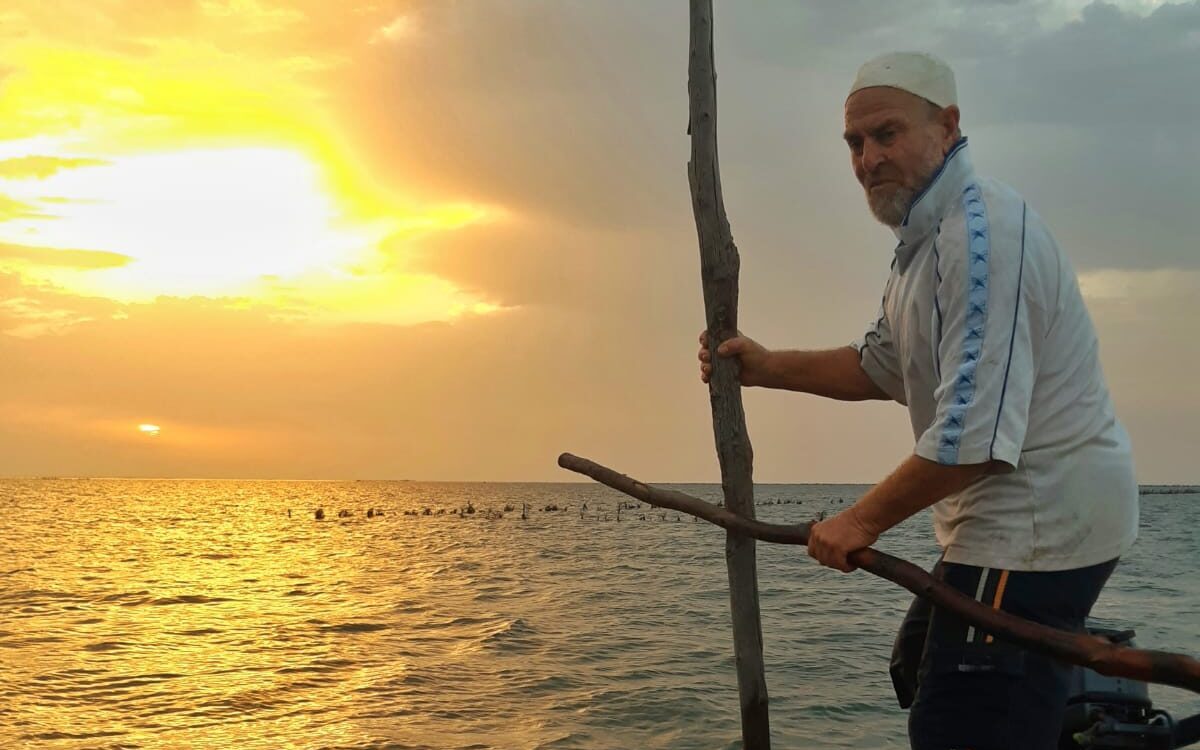
The Charfia is used to catch a variety of fish, including limpets, mullet, and sea bream, as well as mollusks like octopus, cuttlefish, and squid. The great quality of the Charfia product is explained by the fish following the palm tree leaf wall until it is caught in the trap. The next day, the fisherman recovers the fish with an empty stomach, distinguishing the charfia from another way of fishing in Tunisia.
The love I have for the sea and the Charfia gave me the patience to endure the hardships of this job.
M.Tounsi
In fact, preparing the Charfia takes at least four months, beginning with cutting and embellishing the palm leaves and concluding with placement in the sea, and after six months, the fisherman must repeat the entire procedure for a new one. This Kerkennian fisherman emphasized several times that this approach is completely ecological because it is constructed of environmentally friendly materials such as palm fronds, which degrade and have no effect on marine biodiversity.
The conversation with Mohamed was positive and unique in terms of what it means for this fisherman to work on the Charfia until we discussed the threats to this type of fishing and its legacy. Mohamed despairs without hiding a certain sadness in his voice: « Nobody wants to keep working on the Charfia technique and be patient with it, and formerly, the fisherman recovered the fish from the Charfia twice a day, but today I only retrieve the fish once every two days. »
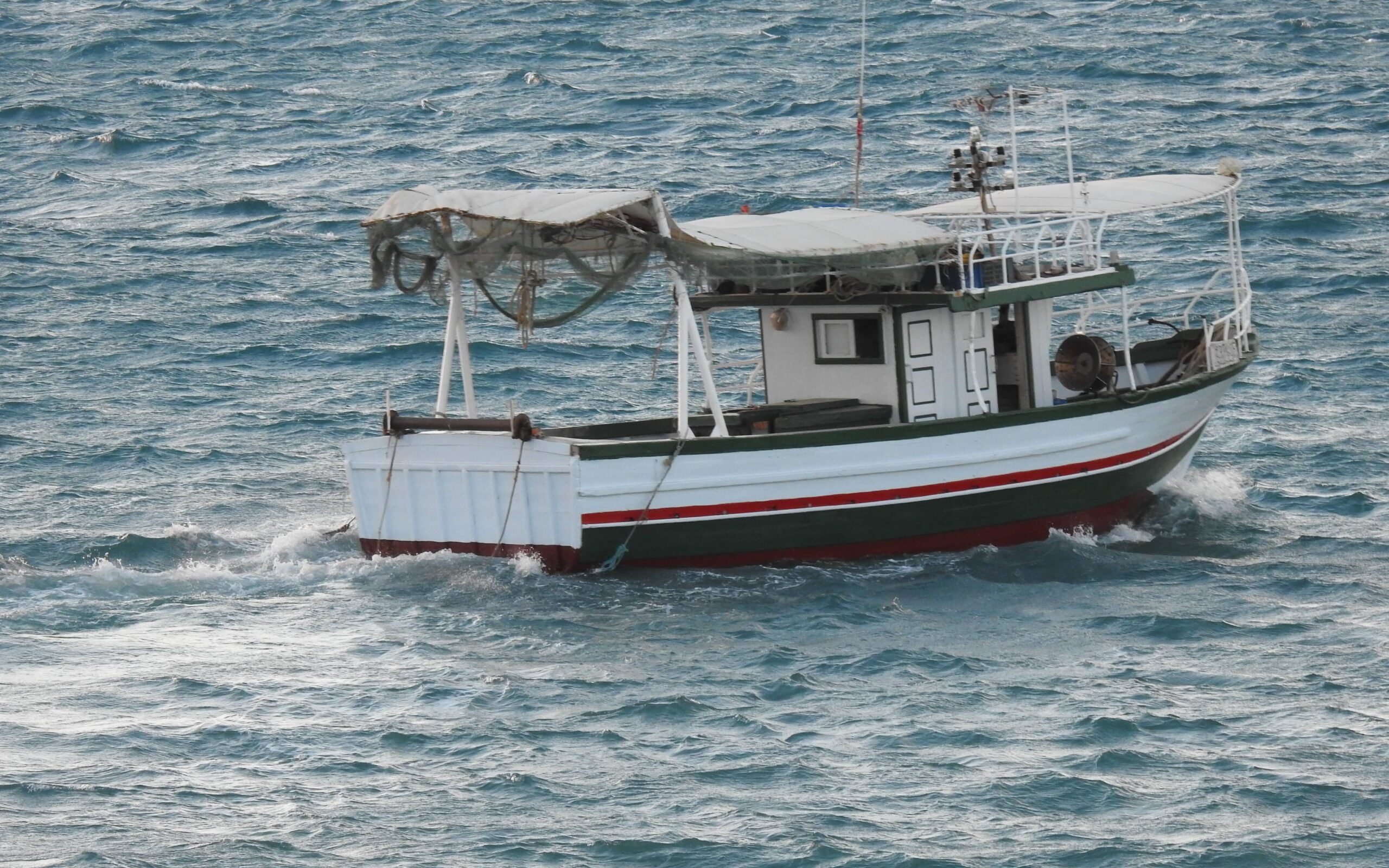
According to Mohamed, the new generation does not want to work in the Charfia and wants faster ways to get an income. Therefore there has been an increase in the number of unorganized fishing gear, which has grown to hundreds and is erecting a wall around the archipelago. Unfortunately, these fishing gear use harmful materials to the sea, mainly plastic while natural resources for the manufacturing of the Charfia, like palm leaves, are currently scarce. Finally, the arrival of al-Kyss, an illegal fishing method that devastates the island’s marine habitat, has resulted in a decrease in production. We continued our journey to the island’s far east, to the region of Al-Qaraten, where we met with Ahmed Souissi, President of the Al-QaratenAssociation for Sustainable Development Culture and Entertainment (AASDCE), in search of more information and a better understanding of the situation of the Charfia and Kerkennah islands, as well as potential solutions to save this heritage.
The ignorance of the palm tree on the island of Kerkennah threatens Charfia’s natural character
According to Ahmed, for a variety of economic reasons, the inhabitants of Kerkennah are shifting their interests toward the establishment of olive trees rather than palm trees. Because of this ignorance, there is a paucity of raw material for the Charfia, and the exorbitant expense of shipping the palm leaves from Gabès to Kerkennah forces the local fisherman to compensate by building the Charfia with available equipment such as nets and plastic tubes. Furthermore, the absence of the Tunisian state, which was supposed to financially support fishermen and urge them to conserve the Charfia has worsened the situation turning the Charfia into a destructive tool for the maritime environment and even the fisherman.
The blue crab left nothing, he broke the traps of the Charfia and he attacked any form of fish captured in it.
Asserts Ahmed Souissi
The 2014 blue crab invasion exacerbated the problem by harming all types of fishing gear in the Kerkennah archipelago, including the Charfia, forcing fishermen to focus on it while disregarding other fish species. As a result of manmade and natural factors, the Charfia’s efficacy as a traditional fishing gear has been weakened with the large number of Kyss boats pushing this traditional gear to the edge of extinction.
Regardless of the current situation, the AASDCE aims to improve the traditional fishing sector in Kerkennah through a variety of activities such as mini-projects with fishermen and townspeople.
How can ecotourism and palm trees help to preserve this heritage?
The fact that a visitor to Kerkennah Island goes up in the boat with the sailor, discovers the Charfia and touches it with his hand, takes out the fish from the net, and grills it on the boat, will urge the fisherman to keep the Charfia on all plans.
Ahmed Souissi
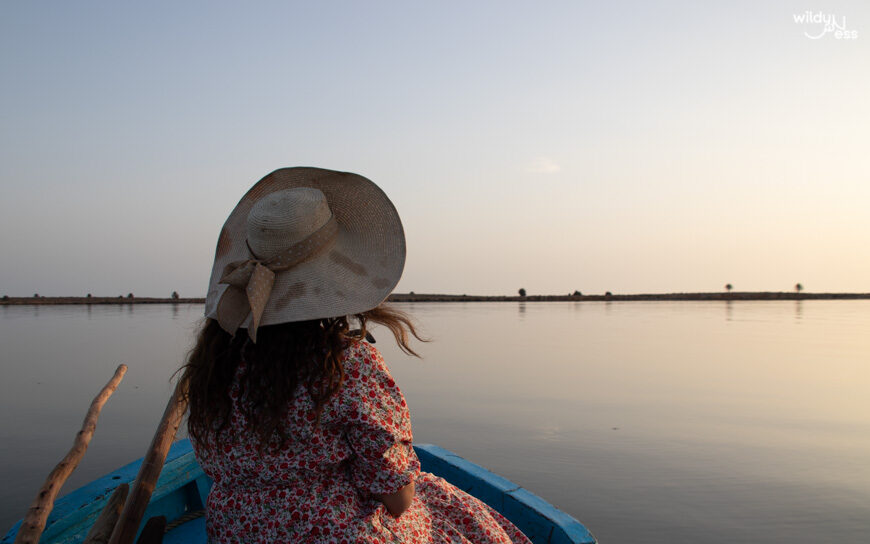
This concept, which combines tourism and fishing activities, is familiar in Tunisia. However, although the law expressly prohibits it, some fishermen practice it, even in Kerkennah because they are inspired by other countries, such as Italy, where this type of activity is legal. Until the Tunisian state changes its position on ecotourism, the association has begun to organize guided tours to the Charfia with fishermen for the benefit of island visitors, to find another source for the fisherman who will find a financial source to buy the leaves of the palm tree and valorizing the cultural side of the Charfia and Kerkennah islands.
A lot of work, will, and support for the Kerkennah sea to defend it from all the hazards generated by illegal fishing will save the Kerkennah archipelago’s marine heritage.
Declares A.Souissi
Our visit to Kerkennah Island is coming to an end, and we have finally understood what Charfia means to the Kerkennah sailors as a source of livelihood and a legacy passed down from his forefathers. All the inhabitants of this island must work together to protect this traditional method from extinction, particularly encouraging the young people to work there despite the difficult conditions.
This article was developed in collaboration with the Earth Journalism Media Mediterranean Initiative project.
Copyright © 2022 Blue Tunisia. All rights reserved

